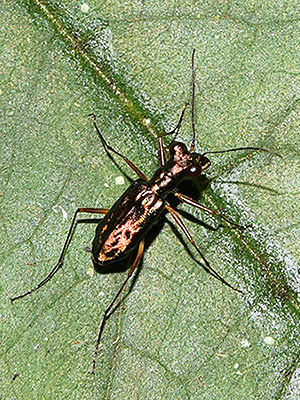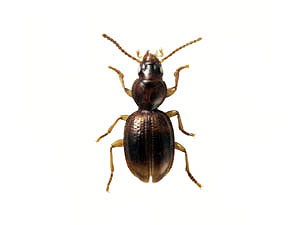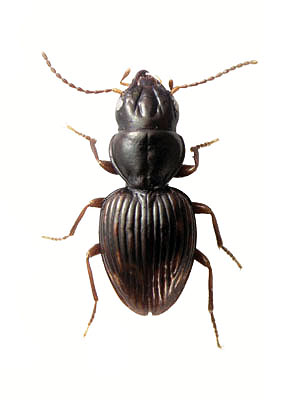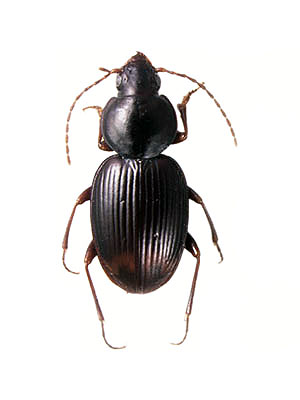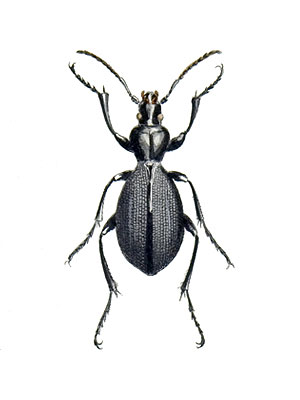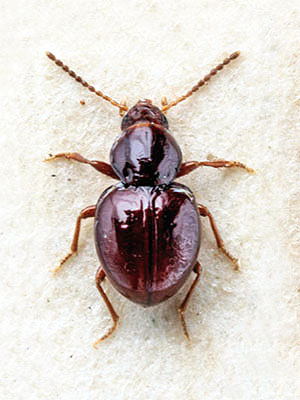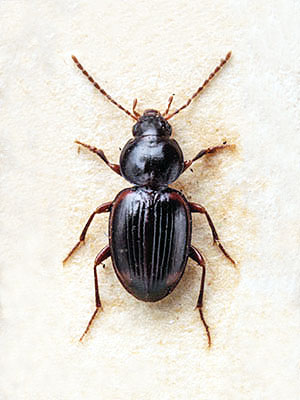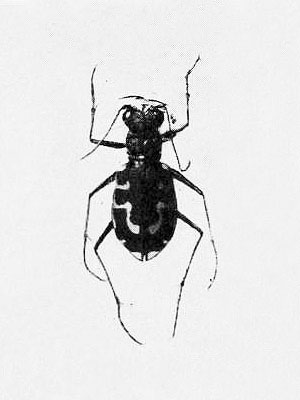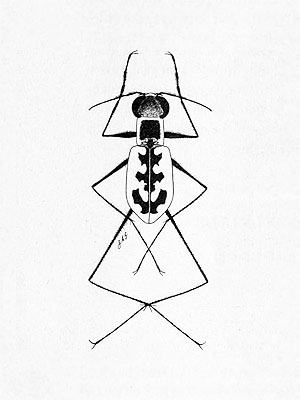Eight-eyed Blackburnia Ground Beetle (Blackburnia octoocellata)
The Eight-eyed Blackburnia Ground Beetle was described in 1881, it was endemic to the island of Maui, Hawaiian Islands.
This beetle is one of several within its genus that are associated with the endemic Koa Acacia (Acacia koa A. Gray) in one way or another, this species for example was recorded under exfoliating bark of the koa.
The nearly complete destruction of large parts of the formerly abundant koa forests lead to a collapse of many populations of endemic invertebrates, some are now completely extinct – like this beetle. [1][2][3]
*********************
References:
[1] Dan A. Polhemus; Curtis P. Ewing; R. Kaholo’a, James K. Liebherr: Rediscovery of Blackburnia anomala (Coleoptera: Carabidae), in East Maui, Hawai’i, after a 107-year hiatus. Pacific Science 57(2): 16-166. 2003
[2] James K. Liebherr: Hawaiian Blackburnia beetles (Coleoptera, Carabidae, Platynini): Patterns of specialization with implications for conservation. Mitteilungen der Deutschen Gesellschaft für allgemeine und angewendete Entomologie 15: 57-62. 2006
[3] James K. Liebherr: The Mecyclothorax beetles (Coleoptera, Carabidae, Moriomorphini) of Haleakala-, Maui: Keystone of a hyperdiverse Hawaiian radiation. Zookeys 544: 1-407. 2015
*********************
edited: 03.09.2019
